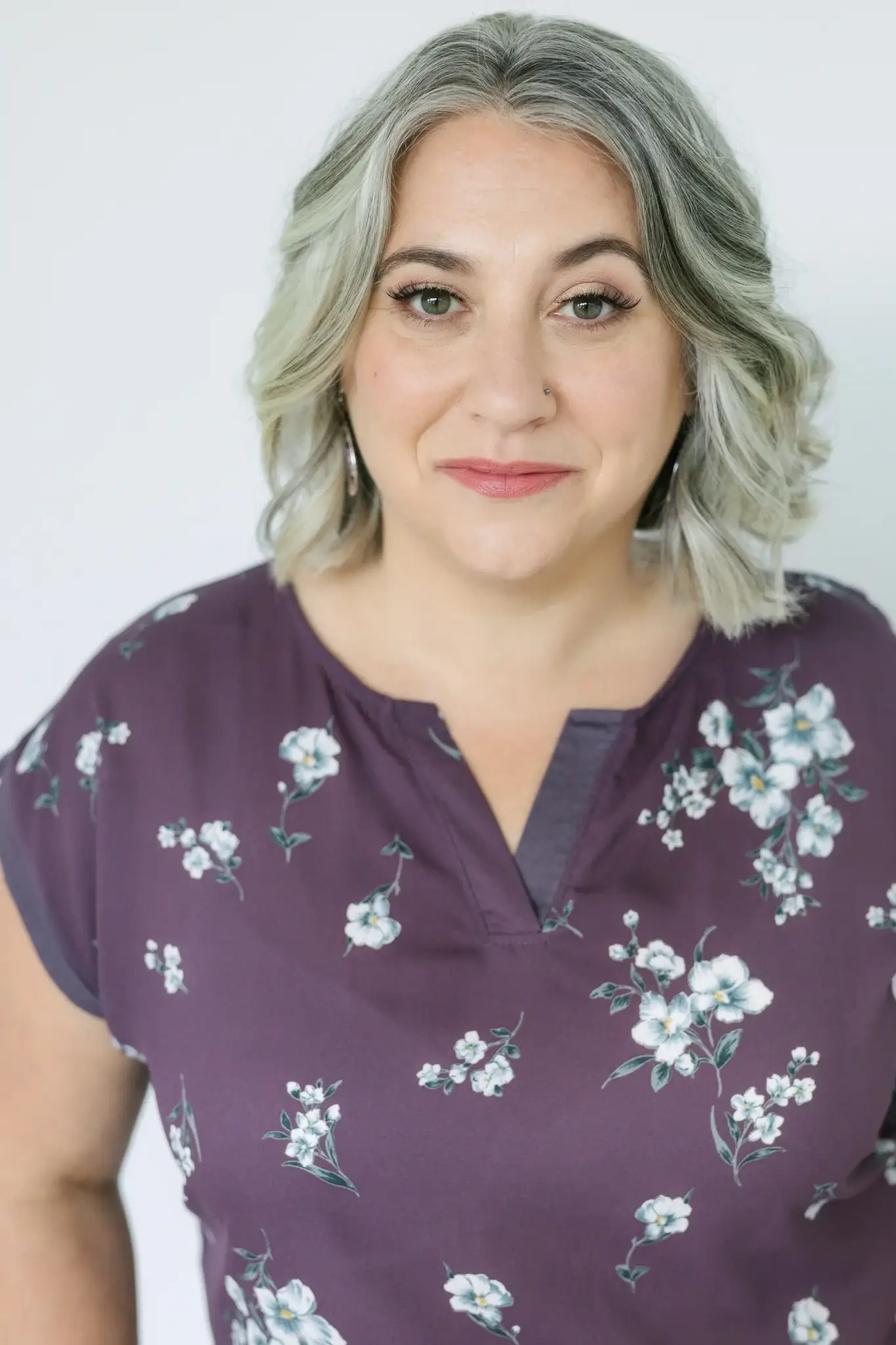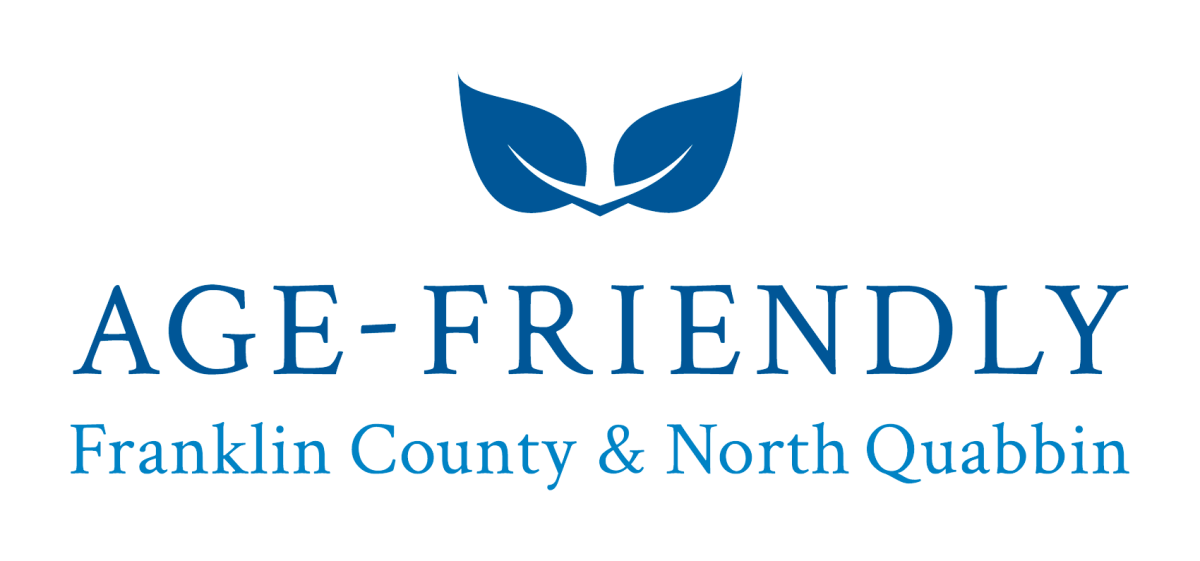 When people hear “senior center,” they usually picture a place older adults gather for programs and activities. But what if a senior center became something more—a place that leads its community in asking bigger questions: What kind of community are we for older adults and people living with dementia? What kind of community do we want to be? And how do we get there?
When people hear “senior center,” they usually picture a place older adults gather for programs and activities. But what if a senior center became something more—a place that leads its community in asking bigger questions: What kind of community are we for older adults and people living with dementia? What kind of community do we want to be? And how do we get there?
These are the questions at the heart of the South County Senior Center’s Age & Dementia Friendly work. Serving the communities of Whately, Deerfield, and Sunderland under Director (and LifePath board member) Jennifer Ferrara, the center is more than just a gathering space for regulars. It’s a hub—visible, welcoming, and deeply rooted in the communities it serves. “We want people to see the senior center as a place they can turn to,” Jennifer said. “Somewhere to connect, to ask questions, and to find support.”
South County’s approach follows the framework developed by AARP and Dementia-Friendly America, with funding from a MCOA Service Incentive Grant through AGE and in partnership with Center for Demography on Aging at UMass Boston. The process begins with listening—through a community needs assessment that includes not just older adults, but first responders, human services professionals, and other community partners. The idea is simple: bring people together, hear what’s working and what’s not, and build shared goals for making towns more inclusive to people of all ages and abilities. As Jennifer puts it, “By engaging the entire community . . . someone who needs help is more likely to get the right support.”
A key part of that is thinking about the nearly 1 in 10 people over 65 living with dementia in Franklin County. In too many places, people living with dementia feel sidelined—unable to participate or feel safe in community spaces. South County Senior Center is changing that by creating routines and environments that feel predictable and supportive. “We’re creating a space where people with memory issues and their caregivers can come regularly, see the same faces, and feel at ease,” Jennifer shared. The center is also working to bring in evidence-based activities that promote brain health and offer meaningful engagement.
But the work doesn’t stop there. South County is also focused on visibility—making sure people know that the center benefits the whole community. That means doing outreach, building partnerships, and hosting events that draw in people who might not otherwise stop by. “People still tell me they’re not old enough for the senior center,” Jennifer said. “But once they come in, they realize it’s not about age—it’s about belonging.”
This kind of work takes time and effort, but the payoff is big. It helps towns make decisions based on community input, not assumptions. And it creates a foundation for broader change—like making public spaces more accessible or reducing stigma around aging and dementia.
Communities don’t have to do this alone. LifePath’s regional Age & Dementia Friendly effort supports local leaders with tools, technical assistance, and an annual community grant. The regional action plan lays out shared priorities, and staff like Jason Molony, LifePath’s Age & Dementia Program Director, are just a phone call away.
As Jennifer says, “It’s not about having all the answers. It’s about making sure people don’t have to figure it all out alone.”




